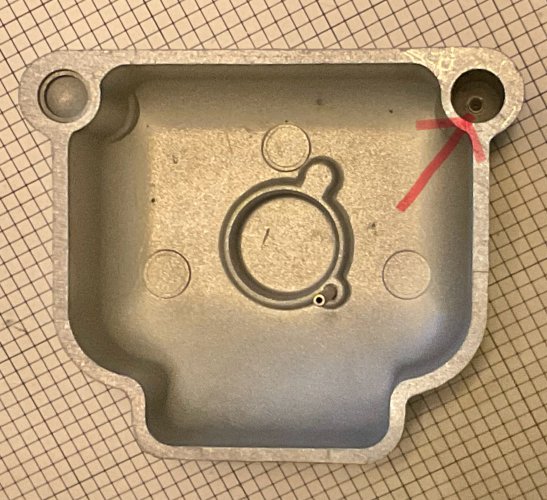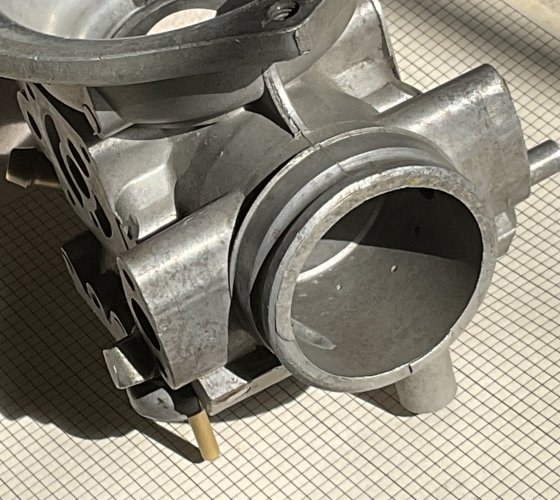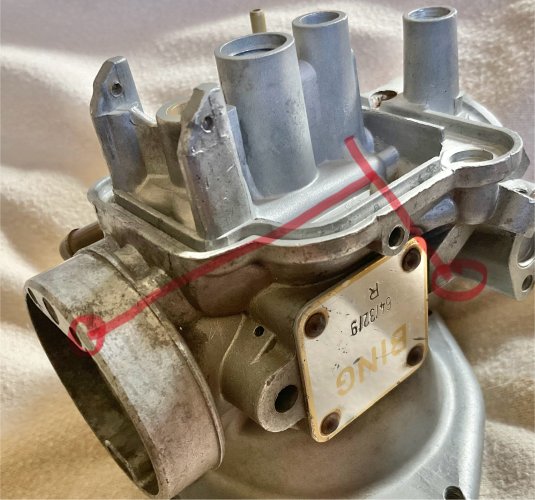Once again I need help.
I got my 1971 Airhead R/75 with Bing carburetor started last week then tried to make some adjustments. My mistake.
I wanted to adjust my idle/mixture and lower the idle speed. I turned the screw all the way in then backed it out 1/2 turn. The bike wouldn't start. I continued, 1/2 turn at a time and the bike wouldn't start. I thought there might be some kind of blockage in the line so I sprayed in carb cleaner. I pushed the starter button and the bike started.
Where am going wrong? I've tried every setting on the adjustment and they don't work.
I got my 1971 Airhead R/75 with Bing carburetor started last week then tried to make some adjustments. My mistake.
I wanted to adjust my idle/mixture and lower the idle speed. I turned the screw all the way in then backed it out 1/2 turn. The bike wouldn't start. I continued, 1/2 turn at a time and the bike wouldn't start. I thought there might be some kind of blockage in the line so I sprayed in carb cleaner. I pushed the starter button and the bike started.
Where am going wrong? I've tried every setting on the adjustment and they don't work.





